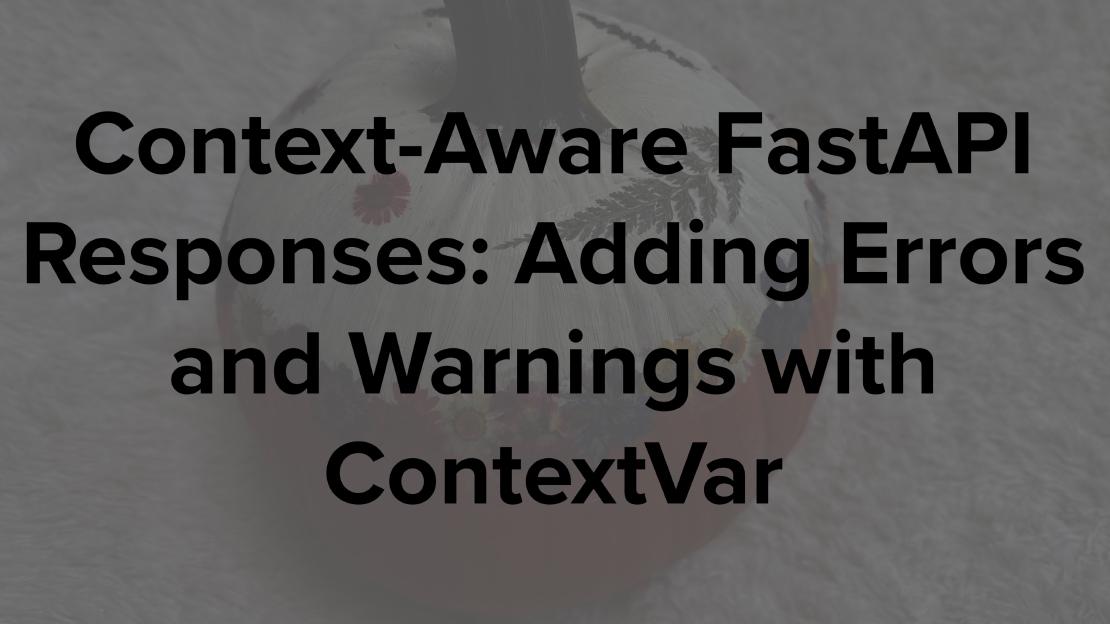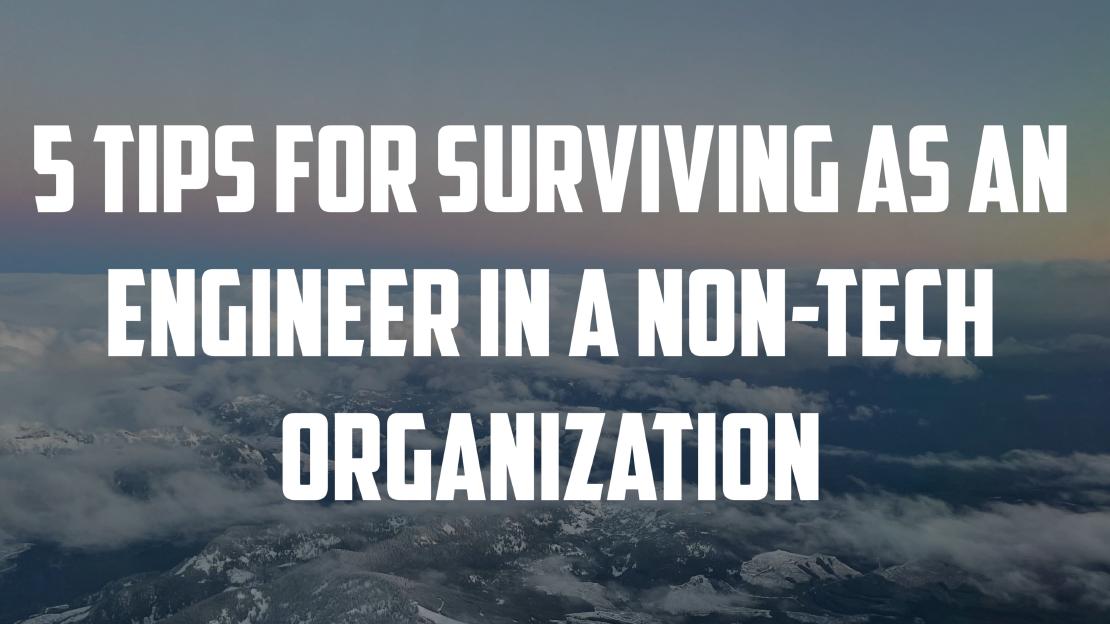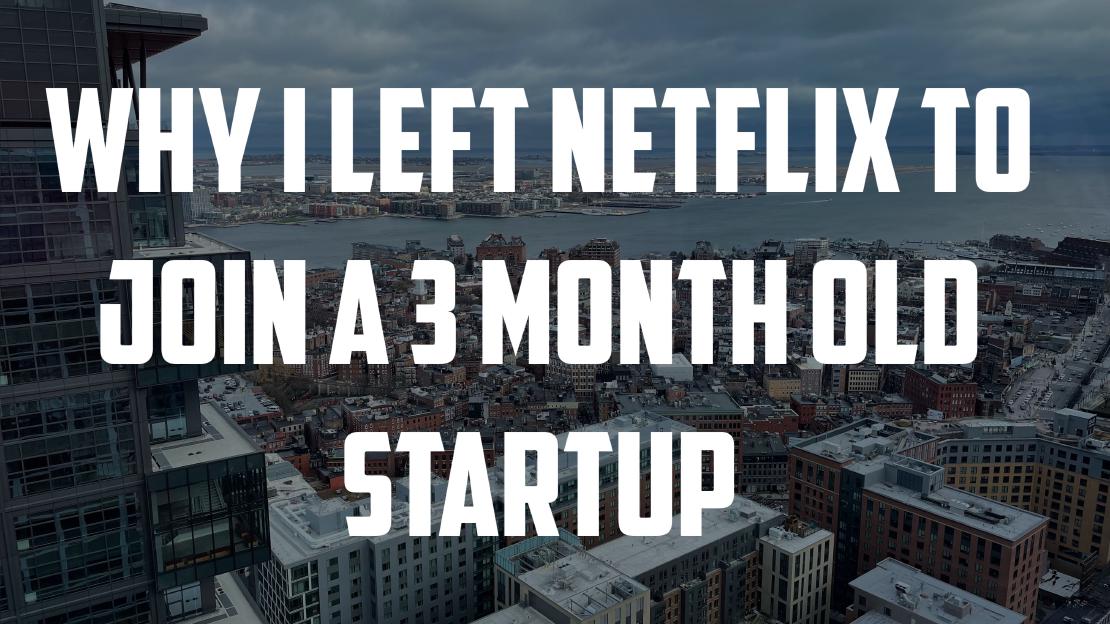
Don’t Compromise, Embed Postgres.
We’ve all been there. You start building a simple tool, the next big thing of course, but you want to keep things light, fast, and nimble-especially for your prototype. But adding postgres feels like bringing a grand piano to a camping trip. So, you settle for something “simpler.” Maybe you store data in JSON files or sprinkle your state across a few in-memory structures. Maybe you even build a small abstraction over it all, promising yourself, “When this thing gets big, I’ll swap this logic out for a real database.”





